"Fine-Arts" prints on paper
It is a process of printing on art paper using very high-quality pigment inks and printed in very high definition. Its level of conservation is exceptional (more than 100 years), its quality, depth, and richness of nuances exceeds the classic photo print on Argentic paper.
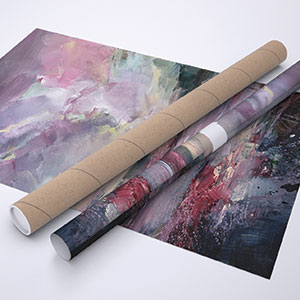
Glossy finish
Apart from its exceptional thickness, the fiber paper is composed of an alpha-cellulose base without acid and it is covered with barium sulphate, and a microporous layer absorption enhancing pigments during printing. A pure white color, non-yellowing to light, this paper is especially designed for resistance and aging. It is used by major museums worldwide as it offers excellent resolution, rendering deep and dense colors.
Art Print "Fine Art" - Glossy finish on a fiber base paper 325 g.
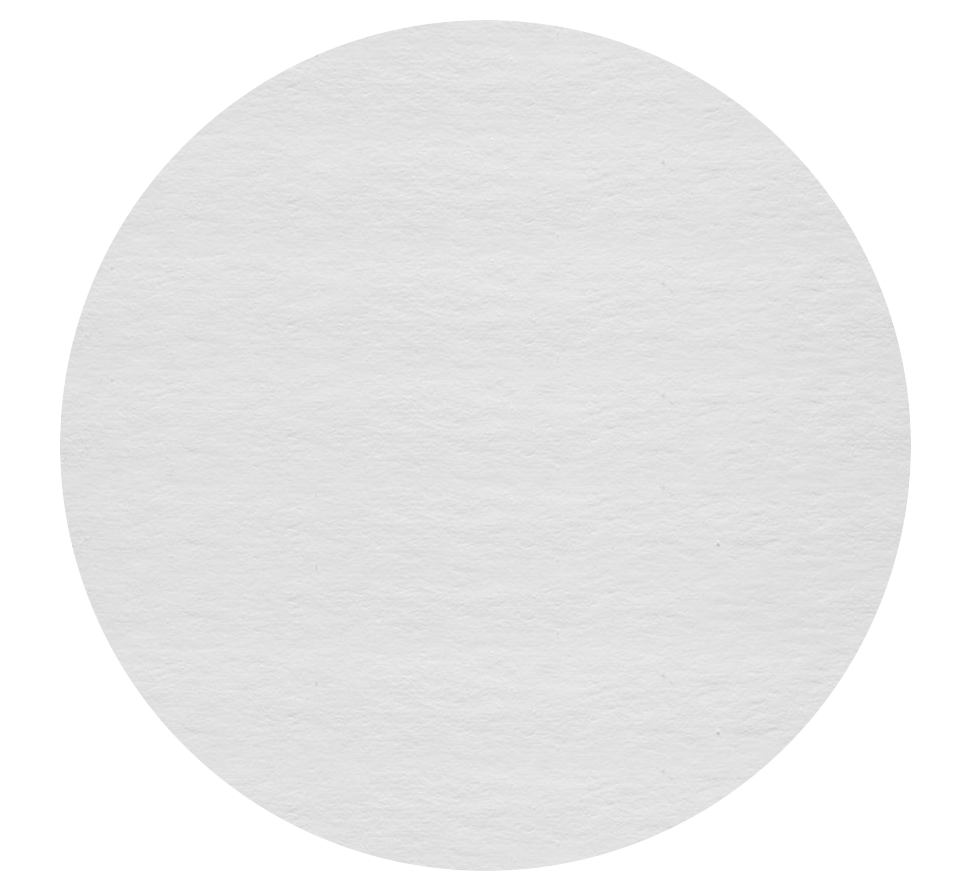
Our high end prints and reproductions
ArtMajeur only uses natural papers with neutral pH, resistant, and of high quality, selected from renowned papermakers!
Constant attention is paid by our master printer, whether in terms of color control or respect for the graphic chain. Our high level of quality requirement is a major asset of ArtMajeur framed art prints.
For Artists! You help artists to live from their work. They receive royalties everytime you buy their prints.
About our fine prints-
Original Artwork
Painting,
Oil
- Dimensions Height 42.1in, Width 28.7in
- Framing This artwork is not framed
- Categories Impressionism Landscape
Related themes
Claude Monet was born in Paris in 1840. He studied drawing at the Collège Communal in Le Havre. Eugène Boudin introduced him to plein-air painting around 1856. Monet moved to Paris in 1859 and enrolled in the Académie Suisse the following year. Camille Pissarro met him there. He served in the Algerian military from 1861 to 1862. Monet returned to Paris after the war and met Gustave Courbet. He entered Charles Gleyers' atelier, where Auguste Renoir, Alfred Sisley, and Fréderic Bazille were all studying. Édouard Manet became acquainted with him in 1866. Monet painted in Normandy and the Fontainebleau Forest. In 1865, he debuted at the Salon de Paris. Monet moved to London in 1870. He later returned to Argenteuil in France via the Netherlands after the Franco-Prussian War. He took part in the first four Impressionist exhibitions, as well as the seventh, beginning in 1874. He moved to Vétheuil in 1878, and three years later to Giverny. He then traveled to the Netherlands, Italy, and London, as well as Spain, Norway, and Venice. He was represented at the World's Fair in the Exposition centennale de l'art français in 1889. In 1893, he established his water garden in Giverny, and in 1922, he bequeathed his Water Lilies to the French state. In 1926, Monet died in Giverny.
-
Nationality:
FRANCE

- Date of birth : 1840
- Artistic domains: Represented by a Gallery,
- Groups: Contemporary French Artists Artists presented by a gallery
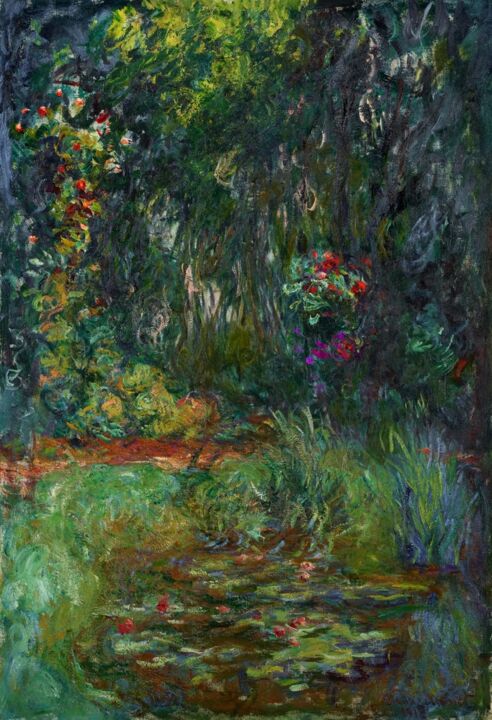 40 million dollars for a painting from the series "Nymphéas" by Monet to be auctioned
40 million dollars for a painting from the series "Nymphéas" by Monet to be auctioned
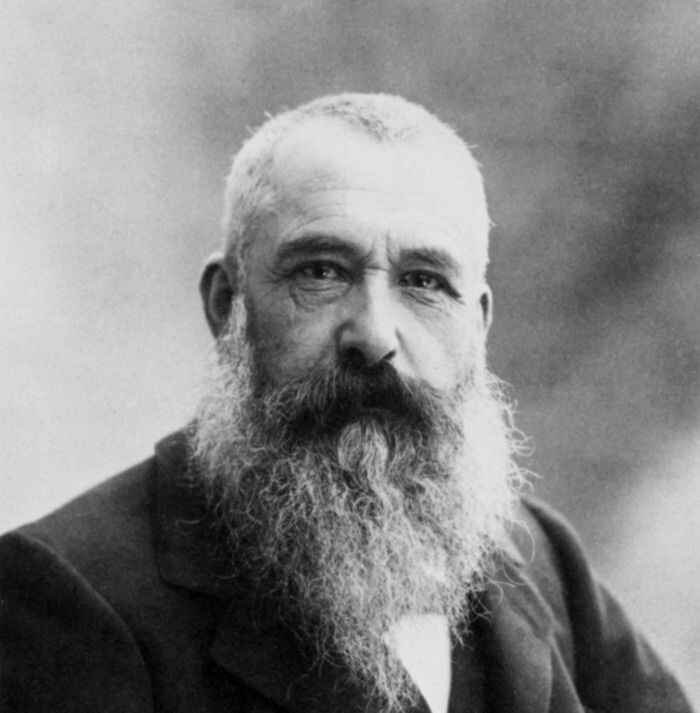 Claude Monet
Claude Monet
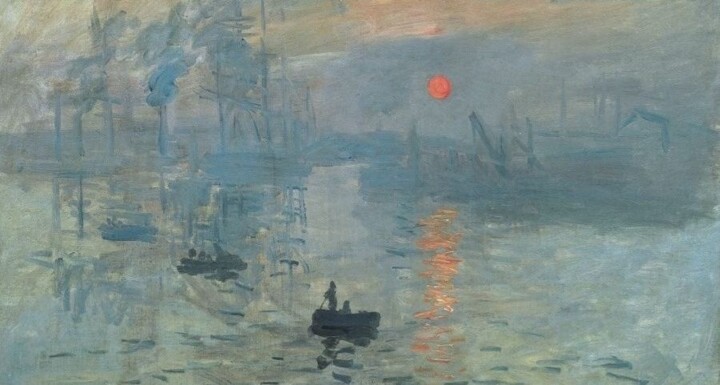 Impression, Sunrise by Claude Monet
Impression, Sunrise by Claude Monet
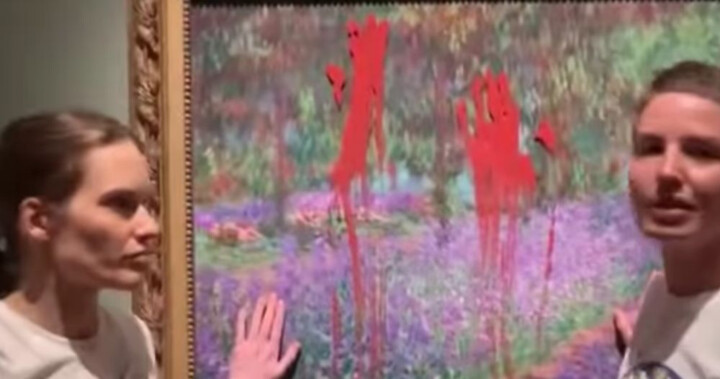 Climate activists put red paint on a Monet painting
Climate activists put red paint on a Monet painting
 Bernard Arnault: A Connoisseur's Passion for Art and Luxury
Bernard Arnault: A Connoisseur's Passion for Art and Luxury
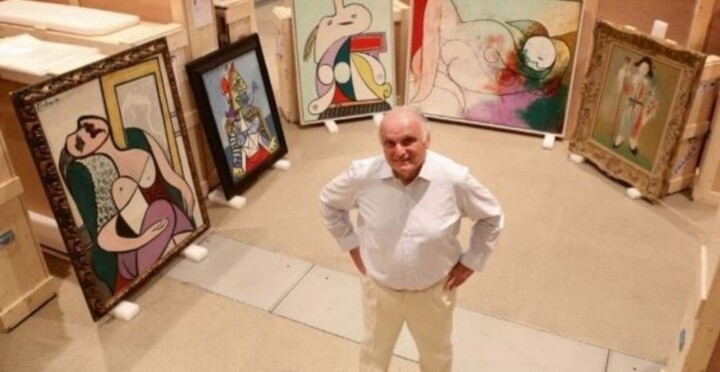 The largest private art collection in the world
The largest private art collection in the world
 Paul Allen: From Microsoft Corporation to art
Paul Allen: From Microsoft Corporation to art
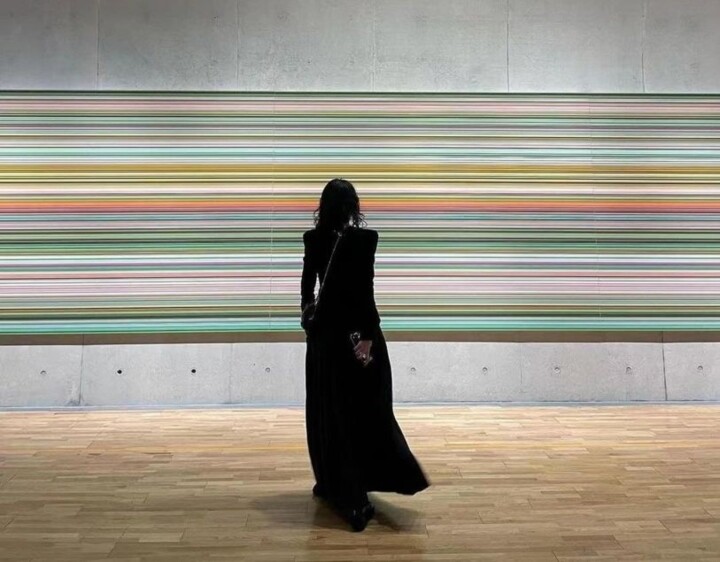 Exploring the Artistic Legacy of Liu Yiqian and Wang Wei
Exploring the Artistic Legacy of Liu Yiqian and Wang Wei









